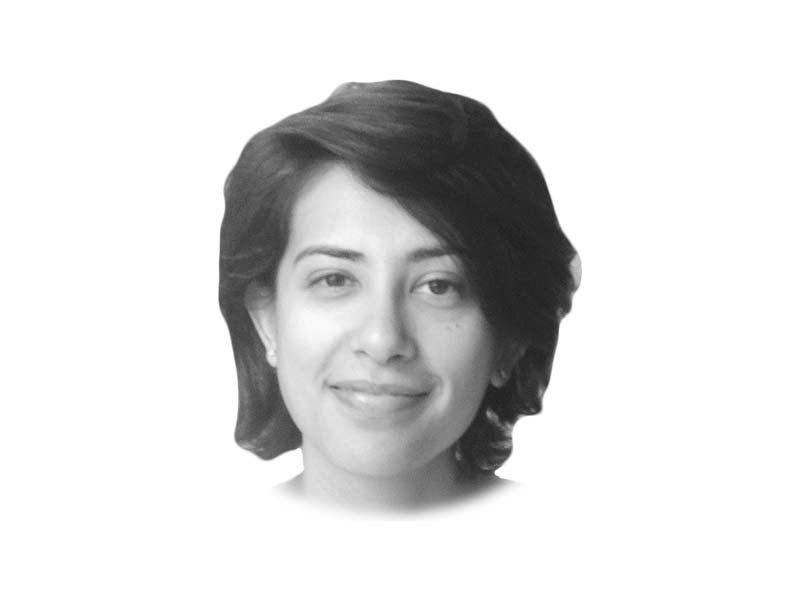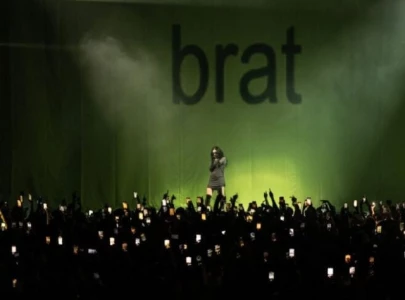
Nations create narratives for nation-building and cohesion and these national narratives are built on some rudimentary factors. These are defined by Professor Laurie Brand as the establishment of a founding story, the conception and components of a national identity and lastly, national unity and its parameters. These factors are applicable to Pakistan as they are to other countries. Pakistan, a country born out of an independence struggle against a colonial power and craved out on the basis of a unifying religion, ensures (like many other countries) that its national narrative is guarded from perceived internal and external threats. Often the guarding of the national narrative has been gradual and sometimes muted, where layers have been added, over the years, rightly for some reasons such as protection from extremists, but also for far less obvious reasons such as alleged disunity. Parameters have of course also been used to hold on to power, both outwardly obvious power and implicit power. Further, the guarding and preserving of parameters for national identity has arguably been at the expense of cultural richness and its inherent complexities. It has also arguably been at the expense of a range of voices reflecting the multiple identities most of us hold.
It would, however, be too simplistic to suggest that despite a common birth and history, all Pakistanis share one narrative. Our multiple identities allow multiple narratives that at times co-exist, at other times conflict and at other times thrive together. Yet, consistent censorship of the media and social movements, forced disappearances and disruptions to the constitutional process has resulted in an ever-shrinking space for indigenous political and social voices to express themselves as part of the wider narrative. This has left us with a definite dominant narrative leaving no room for other national identities and narratives. The dominant narrative is more or less consistent in its presentation and is simplistic with regard to its content and depth. Despite change in governments and other external influential factors, its dominance prevails and is perceived the truth on behalf of us all. All 208 million of us. The dominance of this narrative has led to the creation of nationalist myths that are not only inaccurate, but are also dangerous for national security and internal peace. Consistently given generous space, the rhetoric of political and religious demagogues has blurred the truth and captured the imagination of our youth, the largest proportion of our ever-growing population. Another country with a similarly large and growing young population is Egypt. In the 1990s, there were approximately 30 million Egyptian children. In 2011, it was this generation that eventually led the Arab spring that brought down the Mubarak presidency.
Broadly speaking, our dominate national narrative goes something like this — firstly, extremism (internal and external) is what requires our political and financial focus, secondly, constitutional democracy is a term that can be stretched to be defined and redefined by more than one organ of the state as and when it suits them and lastly, orthodox religious leaning, in not just one’s private, but also public, life in both words and actions. So though fundamental rights are very much part of the defacto makeup of our narrative, backed by constitutional guarantees, dejure exercising of those rights is far from satisfactory. Yet, narratives are not set in stone, they fluctuate and can evolve. National narratives are perhaps most vulnerable to significant changes in periods of national crisis. A few examples of national crisis that have shaped our national narrative are repeated dictatorships, disruptions to constitutional democracy and terrorist attacks.
Ambitious political and religious leaders have used this narrow narrative as a populist tool. George Orwell in his Collection of Essays in 1946 writes of populism and the leaders that represent such movements “political language… is designed to make lies sound truthful and murder respectable, and to give an appearance of solidity to pure wind” — something to think about while we swallow our superimposed truths and the myths that surround them.
Yet, behind the often false narrative are this country’s real heroes. Because arguably the greatest form of patriotism is the one that questions the system when it is necessary to do so, and in the words of Edward Said on the subject of the intellectual — “puts forward alternatives that are too often marginalised or pushed aside as irrelevant to the main battle at hand.” Unfortunately, only when, and if, this heavy curtain lifts will we be able to appreciate real heroes, past and present that fight the good fight for the collective good. Real heroes, past and present, are numerous. In addition to the already recognised young soldiers putting their lives at risk on our borders, there are many others. A very few handful include the Nobel laureate Abdus Salam, the formidable Asma Jahangir and the young Malala Yousafzai.
Challenging a false narrative does not equate to being disloyal, unpatriotic or even dangerous. Edward Said’s logic and reasoning on intellectuals are arguably equally applicable to the real heroes that should be part of the national narrative. Said argues that “the exilic intellectual does not respond to the logic of the conventional but to the audacity of daring, and to representing change, to moving on, not standing still.”
With a different lens, can you see our true patriots?
Published in The Express Tribune, May 22nd, 2018.
Like Opinion & Editorial on Facebook, follow @ETOpEd on Twitter to receive all updates on all our daily pieces.




1719660634-1/BeFunky-collage-nicole-(1)1719660634-1-165x106.webp)







COMMENTS (1)
Comments are moderated and generally will be posted if they are on-topic and not abusive.
For more information, please see our Comments FAQ